Is there such a thing as ‘the best mattress’? If so, which one is the perfect fit for all? Well, putting aside all mattress myths, there is probably no such thing as ‘the best mattress’. We humans are all different therefore we all have various needs and expectations. It’s no surprise that each individual most likely will not have the same definition when describing the ideal mattress. Just like most things, mattresses also have appealing and less appealing attributes. In order to have a balanced view on the topic one should take into account the advantages and disadvantages of each type of mattress. In this article you’ll read about the three major types of mattresses flipped from one side to the other but not in a literal sense.
Innerspring Mattress
There is a wide variety of innerspring mattresses available on the market, so it is quite easy to find an ‘ideal’ mattress in this category. One of the reasons why innerspring mattresses are rather popular is because a well-made innerspring mattress will offer you good quality at a relatively low price. An innerspring mattress is constructed using coil springs with a top layer made out of memory foam, latex or pillow for comfort. Some types are created using pocketed spring technology to achieve better overall support. There are also plenty of firmness options to choose from, which helps you to choose a mattress that suits your personal needs. Another advantage of sleeping on an innerspring mattress is that, as with the latex mattress, you won’t feel as if you’re sinking into the material.
However, over time the coil springs in the centre might break down quicker than the outer-springs resulting in sagging. Apart from that, they tend to have a shorter ‘life-span’ than other types of mattresses, typically 7-10 years. Innerspring mattresses may also contain questionable materials and chemicals. Some procedures involve using pesticides, herbicides, bleaches and other toxic substances that put our health and also the environment at risk, but luckily some conscientious companies use organic and natural materials for their mattresses.
Memory Foam Mattress
Just like any other mattress, memory foam mattresses have their benefits and drawbacks as well. One of its advantages is that the uniqueness of the material allows the foam - by means of the body’s heat - to adjust to the shape of the body. This makes the mattress almost pressure-free, providing optimum comfort by cradling the body, unlike any other kind of mattress. Also, it absorbs motion, therefore it is ideal for those who sleep with a partner. If you keep tossing and turning around each night trying to find your ‘sweet spot’, then this kind of mattress is probably the best choice for you. In terms of durability, it is worth mentioning that quality memory foam mattresses are known to last 10-20 years.
On the other hand, the slow response of the foam makes it difficult to change positions and can cause the feeling of being ‘stuck in bed’. Another disadvantage of the memory foam mattress is that it is not the most favourable option if you are on a tight budget. Apart from that, memory foam mattresses can retain body heat, since they have the ability to absorb heat. This might not be too pleasant for some, but turning the thermostat down a notch or putting on your summer pyjamas might serve as a solution.
Latex Mattress
Lastly, we’ll have a look at the positive and negative attributes of a latex mattress. For example, one of many advantages of a latex mattress is that it helps to relieve joint and back pain thanks to its cushioning attributes paired with its capability to promote natural spine alignment. Also, it allows air to circulate freely because of the open-cell structure of the foam, enhancing one’s blood circulation, probably exceeding memory foam and traditional innerspring mattresses in this regard. It is also worth mentioning that they have minimal impact on the environment and have a lifetime of up to 20 years. Another beneficial quality of organic latex mattresses is that they are naturally hypoallergenic and resistant to dust mites. The production of a natural latex mattress does not involve using any harmful substances. Many other types of mattress contain harmful chemicals in order to make them fireproof and resistant to mould and dust mites.
Despite all of the above, a latex mattress might not be ideal for everybody. For example, they may feel a bit more ‘bouncy’ than other kinds of mattress which isn’t always ideal for shared beds. Also, they might not be affordable for some since they tend to be quite expensive due to the high quality materials used in the production. However, there are cheaper versions on the market, but be aware that these may contain a lower percentage of natural latex blended with part-rubber foams and toxic chemicals. Keep in mind that the best natural latex foam has over 95% of rubber content. When looking for a mattress check for the Global Organic Latex Standard (GOLS) Certification which guarantees that your mattress contains over 95% natural latex.
All in all, we could say that the concept of comfort is subjective, meaning there is not one mattress type that is for everyone. We hope that this article will assist you with your choice.
Happy mattress hunting.
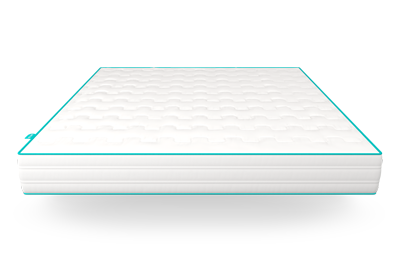 Original Mattress
Original Mattress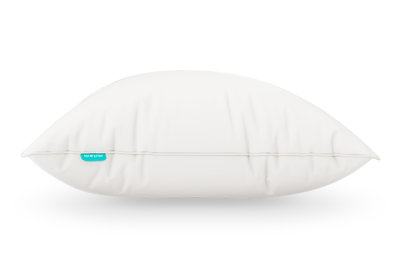 Alpaca Wool Pillow
Alpaca Wool Pillow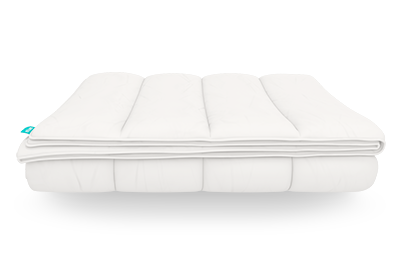 Alpaca Wool Duvet
Alpaca Wool Duvet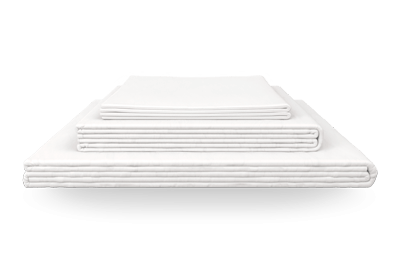 Bed sheets
Bed sheets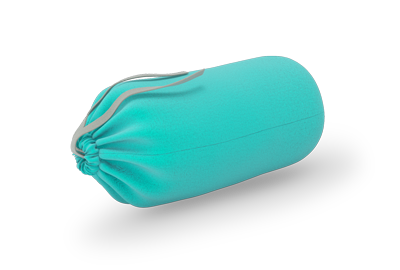 Protector
Protector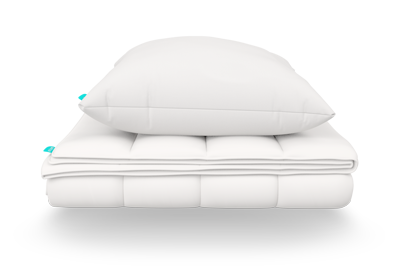 Sets
Sets